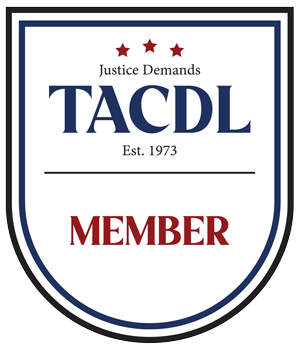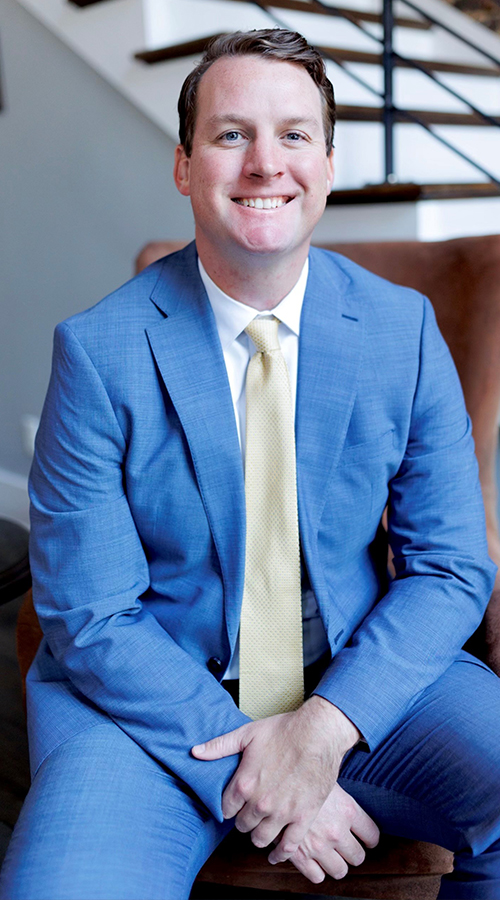Bicycle accidents can happen unexpectedly, and when they do, determining who is responsible can be challenging. Many factors contribute to accidents involving bicycles, including road conditions, vehicle drivers, and even the cyclists themselves. When an accident occurs, it is essential to understand who may be at fault because it directly affects who is held accountable for any injuries or damages. Understanding liability in bicycle accidents helps individuals know their rights and responsibilities. In many cases, accidents involve more than just the cyclist and the driver, making it even more complex to pinpoint fault.
When an accident involves a bicycle and another vehicle, several elements are examined to determine fault. It is not always the driver of the vehicle who is at fault, and sometimes the cyclist’s actions play a role. This is why understanding bicycle accident liability is critical, as it affects the outcome of any legal claim or insurance settlement. Whether you are a cyclist or a driver, being aware of the factors that determine liability can help you act responsibly and avoid future accidents. It also ensures that, if an accident does occur, you are better prepared to handle the situation and protect your rights. At, Best & Brock, we are here to guide you through the legal process and help you navigate the complexities of your case.
The Role of Drivers in Bicycle Accidents
Drivers of motor vehicles play a significant role in many bicycle accidents. Since cars, trucks, and motorcycles share the road with bicycles, they are expected to follow certain rules to ensure everyone’s safety. One common cause of accidents is when drivers fail to yield to cyclists, especially at intersections. Drivers are expected to look out for cyclists when making turns or crossing into bike lanes, but sometimes they do not see the cyclist in time. This lack of awareness or failure to properly check for cyclists can lead to severe collisions, often leaving the cyclist with serious injuries.
Another issue that leads to accidents is when drivers pass too closely to a cyclist. In most states, including Tennessee, drivers are required to give cyclists a certain amount of space when passing. Failing to do so increases the risk of sideswiping or forcing the cyclist off the road. In many instances, the driver may not be paying attention or may misjudge the space needed to safely pass. These actions often make the driver at fault in bicycle accidents.
Distracted driving is another contributing factor. Texting, talking on the phone, or simply not paying attention to the road can cause a driver to miss seeing a cyclist altogether. Drivers who are distracted are more likely to cause an accident, as they cannot react quickly enough to avoid a collision with a cyclist who is riding in their lane or crossing the road. When a driver is found to be distracted at the time of an accident, they are often held liable for the damages caused to the cyclist.
The Role of Cyclists in Bicycle Accidents
While drivers are frequently at fault in bicycle accidents, cyclists can also contribute to the occurrence of an accident. Cyclists are expected to follow the same rules of the road as drivers, and when they fail to do so, they may be partially or fully responsible for an accident. For example, cyclists are required to stop at red lights and stop signs, just like any other vehicle. If a cyclist runs a red light or does not stop at a stop sign, they are putting themselves at risk of being hit by a car. In such situations, the cyclist may be found at fault for the accident.
Riding against traffic is another behavior that can lead to accidents. Cyclists are supposed to ride with the flow of traffic, but some choose to ride on the wrong side of the road. This creates confusion for drivers and makes it more difficult for them to anticipate the cyclist’s movements. If a cyclist is riding against traffic and is hit by a car, it may be determined that the cyclist is at fault, as they were not following the proper rules of the road.
Cyclists are also expected to use hand signals to indicate turns or stops. When cyclists fail to signal their intentions, drivers may not be able to react in time, leading to an accident. If a cyclist fails to properly signal and is hit by a vehicle as a result, the cyclist may bear responsibility for the accident. In cases where both the cyclist and the driver contributed to the accident, liability may be shared between the two parties.
How Road Conditions Impact Bicycle Accident Liability
Road conditions play a crucial role in determining who is at fault in a bicycle accident. Poorly maintained roads, potholes, and debris can cause a cyclist to lose control of their bike, leading to a crash. In such cases, the liability may shift away from the cyclist or the driver and towards the local government or agency responsible for maintaining the road. If the road was in poor condition and it contributed to the accident, the government entity may be held accountable for not properly maintaining the area where the accident occurred.
Weather conditions can also play a role in bicycle accidents. Rain, snow, or fog can make the roads slippery and reduce visibility for both drivers and cyclists. While drivers are generally expected to adjust their speed and driving behavior to account for bad weather, cyclists must also exercise caution in these conditions. If an accident occurs due to poor weather, both parties may share responsibility depending on the specific circumstances of the crash.
Common Mistakes in a Personal Injury Claim Choosing a Personal LawyerRelated Videos
When Third Parties Are Responsible for Bicycle Accidents
In some bicycle accidents, third parties may be responsible for causing or contributing to the crash. For example, if a delivery truck is parked illegally and forces a cyclist to swerve into traffic, the owner or driver of the delivery truck may be held liable for the accident. Similarly, if a cyclist is struck by a vehicle after swerving to avoid a pedestrian who was not following traffic signals, the pedestrian may be considered at fault.
Bicycle manufacturers can also be held responsible in certain cases. If a bike has a defect, such as faulty brakes or a broken chain, and that defect leads to an accident, the manufacturer may be liable for any injuries or damages. In such cases, the cyclist may need to prove that the bike’s defect directly contributed to the crash. This can be a complex process, but it is essential for ensuring that the responsible party is held accountable.
Comparative Fault and Bicycle Accident Liability
In some states, including Tennessee, the concept of comparative fault applies to bicycle accidents. This means that both the cyclist and the driver may share responsibility for the accident. When this happens, the amount of compensation each party can receive is based on the percentage of fault assigned to them. For example, if a cyclist is found to be 30 percent at fault for the accident, they may only recover 70 percent of the damages they are seeking.
Comparative fault ensures that all parties involved in an accident are held accountable for their actions. If a cyclist or driver is partially responsible, their compensation will be reduced accordingly. It is important to understand that even if you are partially at fault for a bicycle accident, you may still be entitled to compensation for your injuries or damages. Working with a knowledgeable attorney can help you navigate this process and ensure that your rights are protected.
What to Do After a Bicycle Accident
After a bicycle accident, it is important to take certain steps to protect your rights and ensure that you are fairly compensated for any injuries or damages. First, seek medical attention right away, even if you think your injuries are minor. Some injuries, such as concussions or internal injuries, may not be immediately apparent, but they can worsen over time. Getting medical treatment early helps document your injuries and establishes a record of the accident.
It is also important to gather as much information as possible about the accident. This includes taking photos of the scene, getting the contact information of any witnesses, and noting the weather and road conditions at the time of the accident. If the police are called to the scene, make sure to get a copy of the police report, as it can provide valuable evidence when filing a claim.
Contacting an attorney is another crucial step after a bicycle accident. An attorney can help you understand your rights and guide you through the legal process. They can also help you deal with insurance companies, who may try to offer you a low settlement. Having legal representation ensures that you are treated fairly and that you receive the compensation you deserve.
If you have been involved in a bicycle accident and are unsure about who is at fault, it is important to get the right legal guidance. Understanding liability in these cases can be complex, and the decisions you make after the accident can impact your ability to recover compensation. At Best & Brock, we have the experience needed to help you navigate the legal process and fight for the compensation you deserve. Contact us today to discuss your case and learn how we can help you protect your rights.










